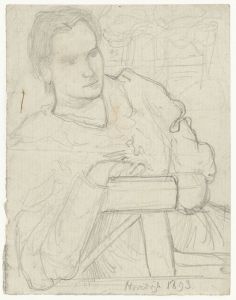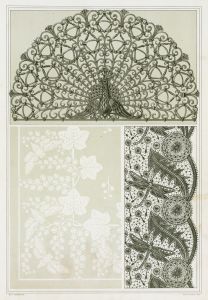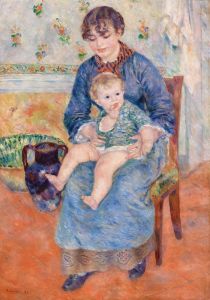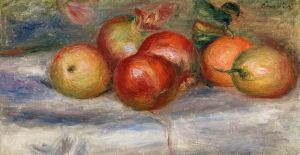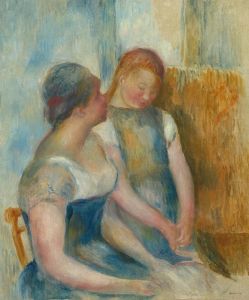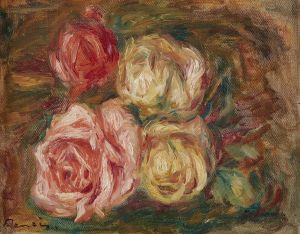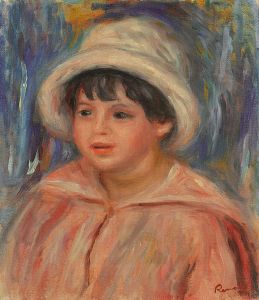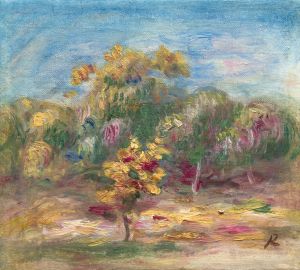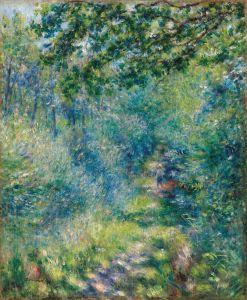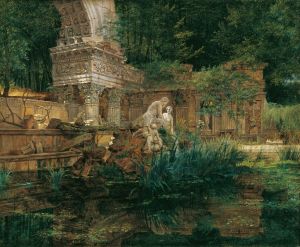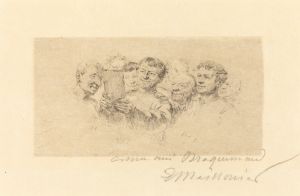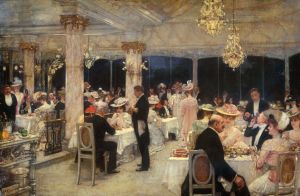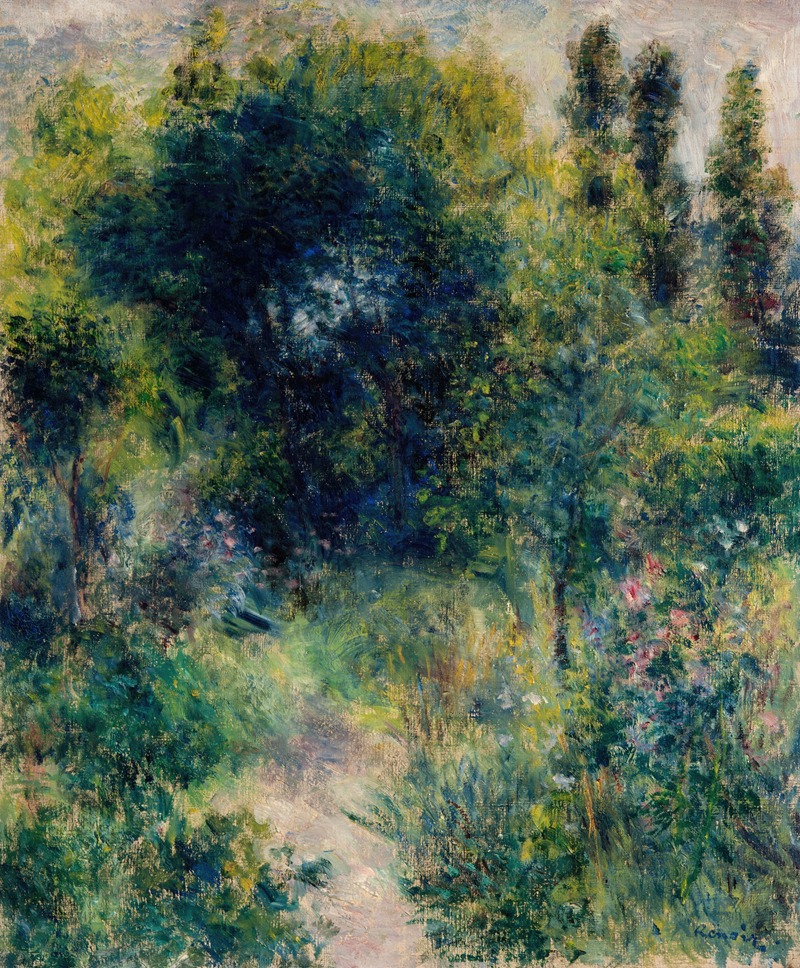
Garden
A hand-painted replica of Pierre-Auguste Renoir’s masterpiece Garden, meticulously crafted by professional artists to capture the true essence of the original. Each piece is created with museum-quality canvas and rare mineral pigments, carefully painted by experienced artists with delicate brushstrokes and rich, layered colors to perfectly recreate the texture of the original artwork. Unlike machine-printed reproductions, this hand-painted version brings the painting to life, infused with the artist’s emotions and skill in every stroke. Whether for personal collection or home decoration, it instantly elevates the artistic atmosphere of any space.
Pierre-Auguste Renoir, a leading figure in the Impressionist movement, is renowned for his vibrant light and saturated color, often focusing on people in intimate and candid compositions. One of his works, "Garden," exemplifies his mastery in capturing the essence of outdoor scenes, although specific details about this particular painting are scarce.
Renoir was born in Limoges, France, in 1841, and his artistic journey began when he started working as a porcelain painter. His formal art education commenced at the École des Beaux-Arts in Paris, where he was influenced by the works of earlier masters and his contemporaries. Renoir's association with artists like Claude Monet, Alfred Sisley, and Frédéric Bazille led to the formation of the Impressionist movement, which sought to break away from the rigid constraints of academic art.
The Impressionists were known for their innovative use of color and light, often painting en plein air (outdoors) to capture the fleeting effects of sunlight. Renoir's "Garden" likely reflects these principles, showcasing his ability to depict natural light and its interplay with the environment. His brushwork in such paintings is typically loose and fluid, allowing the colors to blend and create a sense of movement and life.
Renoir's gardens are often filled with lush foliage and vibrant flowers, painted with a palette that emphasizes the warmth and beauty of nature. His approach to painting gardens was not just about replicating the scene before him but about conveying the atmosphere and emotion of the moment. This aligns with the broader goals of the Impressionist movement, which prioritized the artist's perception and experience over detailed realism.
Throughout his career, Renoir's style evolved, and he experimented with different techniques and subjects. However, his love for gardens and outdoor scenes remained a constant theme. These works often feature figures, usually women and children, enjoying leisure activities, which adds a human element to the natural setting. The interaction between the figures and their surroundings in Renoir's paintings creates a harmonious composition that celebrates both nature and humanity.
Renoir's contribution to art extends beyond his paintings. His work influenced subsequent generations of artists and helped pave the way for modern art movements. His ability to capture the beauty of everyday life and his innovative use of color and light continue to be celebrated and studied by art enthusiasts and scholars worldwide.
While specific information about the painting "Garden" is limited, it can be appreciated within the context of Renoir's broader body of work. His paintings of gardens and outdoor scenes remain some of his most beloved, offering viewers a glimpse into the serene and joyful world he sought to portray. Renoir's legacy as a master of Impressionism endures, and his works continue to inspire and captivate audiences with their beauty and emotional depth.





